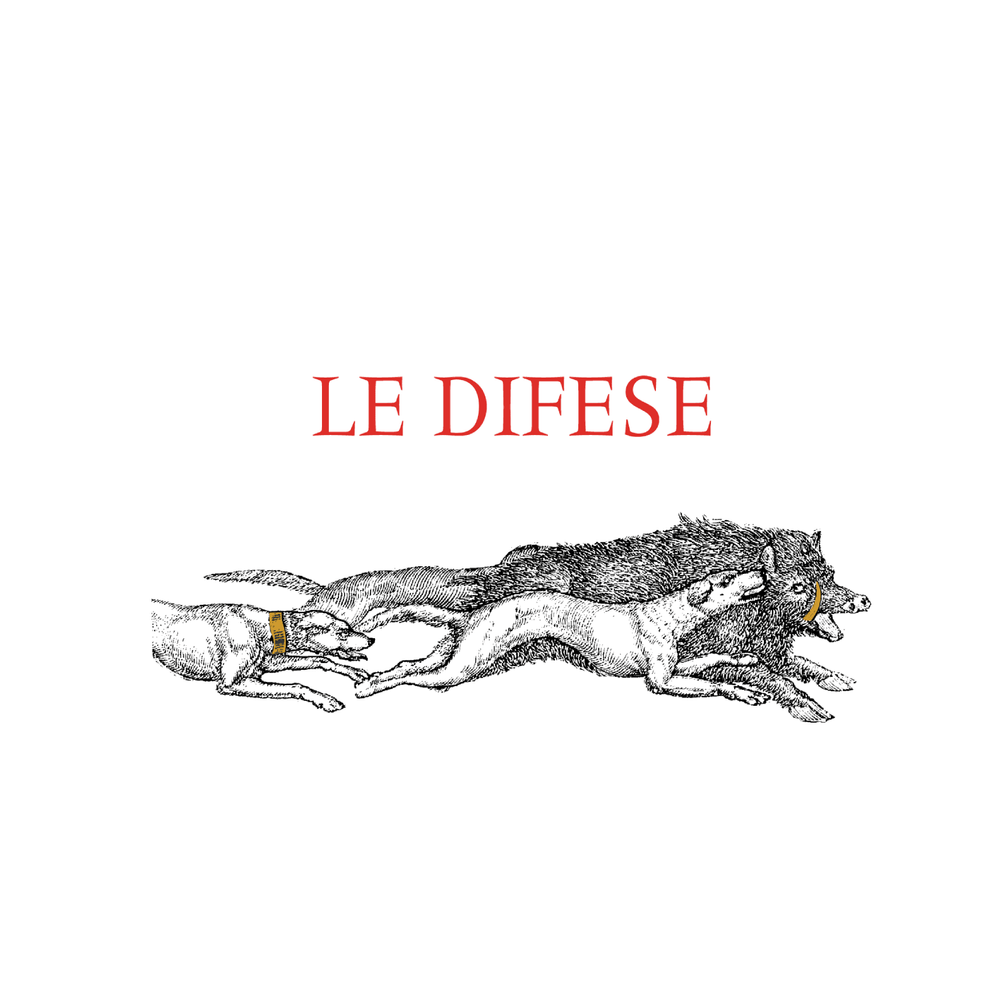Data Sheet
LE DIFESE 2009
CLASSIFICATION
IGT - Toscana
FIRST VINTAGE ON THE MARKET
2002
GRAPES
Cabernet Sauvignon, Sangiovese

Le Difese
SOIL STYLE
The soils on which the vineyards stand has varied and complex terrain features with a strong presence of limestone, feature areas rich in marl and pebbles as well as being partly clayey; they sit at an altitude of between 100 and 300 metres above sea level, with a south/south-west exposure.
WEATHER TRENDS
The climatic trends were optimal throughout the year. Between late autumn and early winter, very cold temperatures were recorded, which favoured the vegetative halt of the plants. From mid-winter until late spring, rainfall was quite persistent, combined with temperatures slightly below seasonal averages. Sprouting, as well as the subsequent phenological phases up to flowering, started slightly late. By contrast, the weather in summer was optimal, with great sunshine and temperatures above seasonal averages. From the end of July to the end of August, temperatures were warmer than average, but the good water supply of the soils, thanks in part to the accumulation of autumn and winter rains, meant that no cases of water stress occurred. The temperature range between night and day was also excellent, ensuring excellent phenolic ripening of the grapes.
HARVESTING
Given the favourable climatic conditions, the harvest took place regularly, starting in the first ten days of September and finishing in the first week of October.
FERMENTATION
Careful selection and sorting of the bunches by hand. Soft destemming of the grapes.
Primary fermentation took place in stainless steel vats at a controlled temperature (27-28°C). Maceration on the skins for 13-15 days for the Cabernet Sauvignon and for about 14-18 days for the Sangiovese, with successive phases of pumping over and frequent deléstage to stimulate aromatic extraction and soften the tannins. Malolactic fermentation was carried out in steel and concluded towards the end of November.
AGEING
At the end of the malolactic fermentation, the wine remains in steel for about 3-4 months and temperatures are kept around 10 ° C. Periodic decanting is carried out to eliminate the sediments. The wine then undergoes an aging in wood, with French oak barriques previously used for Sassicaia and Guidalberto, for an average period ranging from 6 to 8 months. At the end of the aging period in wood, the wine returns into the steel tanks where the temperature is stabilized for about 20 days at around 4-5 ° C for the necessary tartaric stabilization, before bottling.